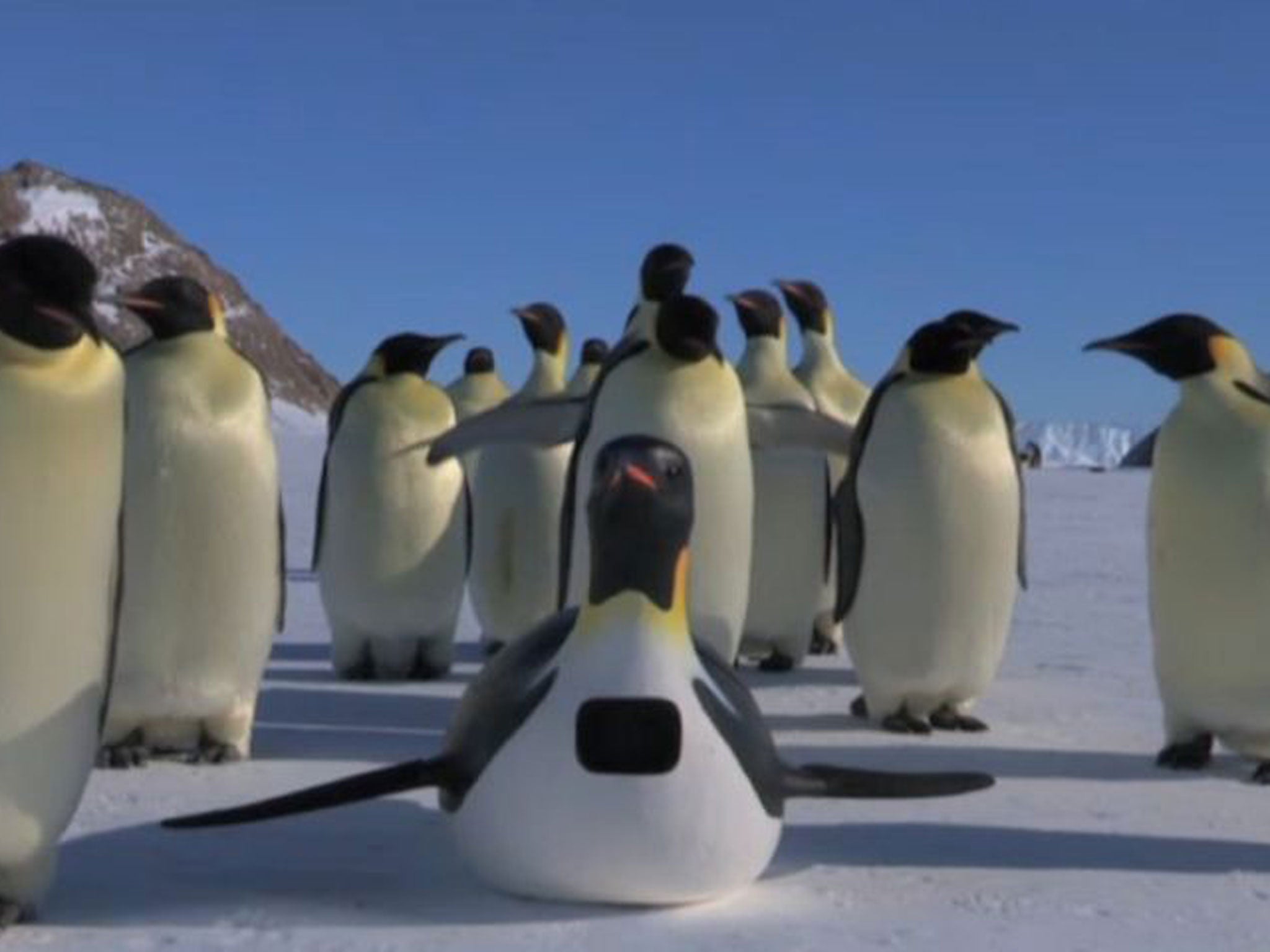First Penguincam, now Squidcam - and 13 other high-tech animals: BBC engineers create beasts to mimic and spy on sea creatures

Model makers and engineers working for the BBC have created a mechanical shoal disguised as 14 different types of sea creature – each capable of filming underwater.
The extraordinary collection of electronic sea life – ranging from a highly mobile Squidcam to a diving Turtlecam and a fast-moving Tunacam – are all disguised as real creatures and are being used to track dolphins and capture their behaviour on camera.
The ambitious project has been devised following the success of an earlier BBC programme – Penguins – Spy in the Huddle – in which a realistic model “Penguincam” was manoeuvred among a group of Antarctic Emperor Penguins and accepted by them.
Dolphin – Spy in the Pod will take this technique to a new level of difficulty by using models to film underwater.
John Downer, whose natural history media production company in Bristol is making the programme, told The Independent that the mobility of the dolphins provided a greater challenge than the penguin film. “In some of the places where we are filming there’s 7000 feet [of ocean] below us – we are out in the real deep blue with creatures that are intensely mobile, so we have to keep our cameras moving.”
Even though the spycams are becoming “more and more realistic”, he said there was no intention to “fool” the dolphins, which are on a “higher plane of intelligence” to penguins. “You create something they are very comfortable with because it fits in with their environment,” he said. “Dolphins are intensely curious and will often follow rays to see if they are going to take them to food. They go out of their way to find other creatures in the ocean.”
Each of the various model spycams has a different role. The Tunacam moves through the water at up to 15mph - the pod of dolphins has succumbed to curiosity and followed it through the ocean. The Squidcam, inevitably, is small and flexible and handy for close-ups. Addressing a possible operational hazard, Downer said that squid were “rarely” regarded by dolphins as sources of food.
“What we’ve discovered with dolphins is how particular they are. They ignore the fish all around them and put an inordinate amount of effort into finding a tasty snack. They seem to have a lot of spare time on their hands and part of it is the chase.”
The Turtlecam is also slow-moving but can operate like a mini submarine. “It could put its head above the surface or dip down and look at what was happening below,” he said. “It relies on the dolphins wanting to be near it or being positioned near something that is interesting them.”
Unsurprisingly, the dolphins are most comfortable with the Dolphincam, which is capable of skipping along the surface at 20mph. “They were absolutely intrigued by it, they travel with it and leap around it, it’s quite extraordinary.”
The spycams are deployed from boats, with most of the filming taking place off Mozambique. The programme, which will be narrated by David Tennant, is likely to be broadcast around Christmas.
Join our commenting forum
Join thought-provoking conversations, follow other Independent readers and see their replies
Comments